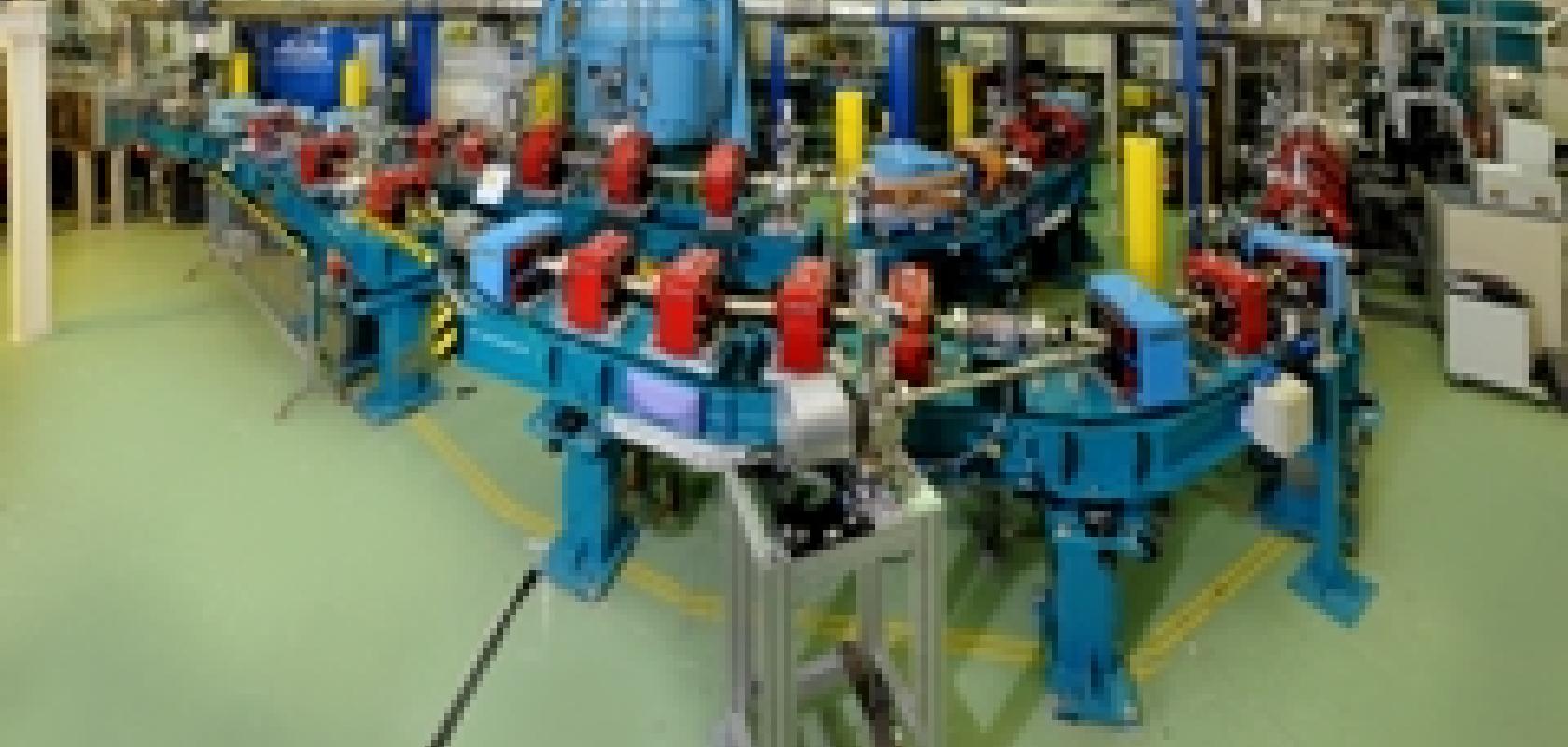Physicists working on an R&D prototype for the next generation of accelerator-based light sources ALICE (Accelerators and Lasers in Combined Experiments) at STFC Daresbury Laboratory have successfully collided electrons and a powerful laser beam to produce short-pulsed X-rays.
This is the first time this has ever been done in the UK and is the first time that the concept of using an accelerator and laser source together has been demonstrated on ALICE, opening up the way to more cutting-edge physics developments on the country's only such testbed particle accelerator.
The project was funded jointly by the Northwest Regional Development Agency's North West Science Fund and STFC.
Professor Keith Mason, chief executive of STFC, added: 'All of those involved in this project have worked tremendously hard to demonstrate this capability. The successful interaction of accelerated electron beams with laser pulses takes us one step closer to creating the ultimate stroboscopic light source – something that may be capable of making real-time movies of chemical reactions at the atomic level and contribute greatly to research carried out in the fields of drug development, materials science and 'green' technologies.
'Reaching this milestone has confirmed the UK's ability to build, develop and demonstrate its scientific skills and techniques in this field and given us some exciting prospects for the future of next generation light sources and particle colliders.'
The Compton Back Scattering project saw a team of scientists from the Science and Technology Facilities Council (STFC), the Cockcroft Institute, University of Manchester and the Max Born Institute, accelerate bunches of electrons to near the speed of light and then collide them head-on into a high energy, short-pulse multi-terawatt laser photon beam focusing on a spot about the size of the width of a human hair (100µm). This technique results in the conversion of optical laser light to X-rays. The electrons transfer energy to the laser beam, causing it to bounce back and turn visible light into a source of extremely short pulse high X-rays.
The next stage in ALICE's development will see scientists at Daresbury work on integrating and demonstrating an incredibly bright source of infrared radiation to be produced by the first infrared free electron laser to operate in the UK, another vital step towards world leading source capability.


